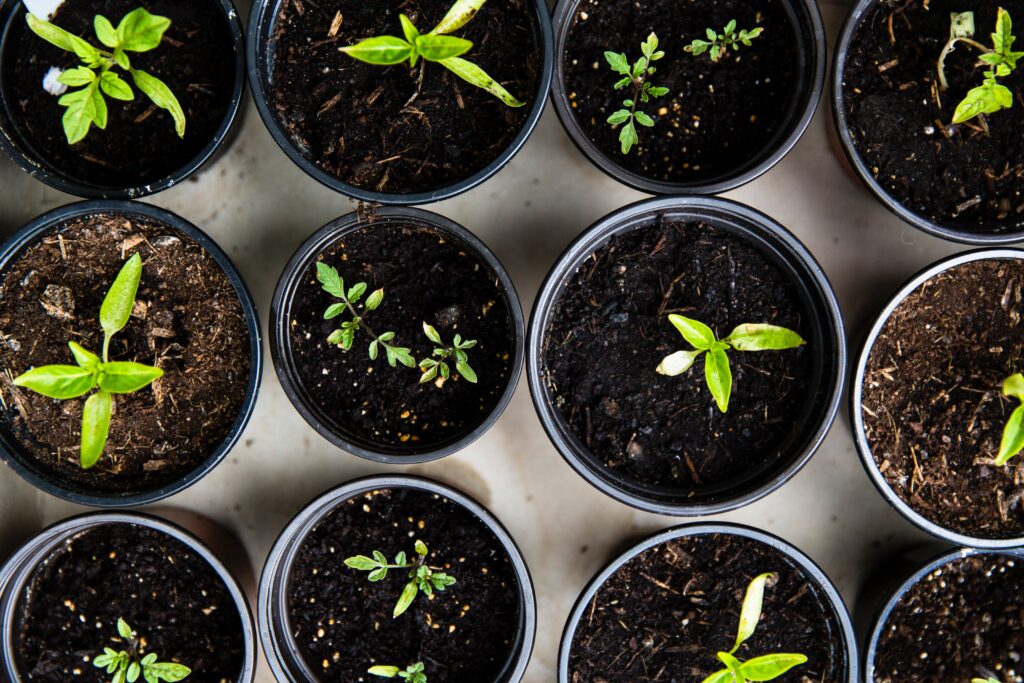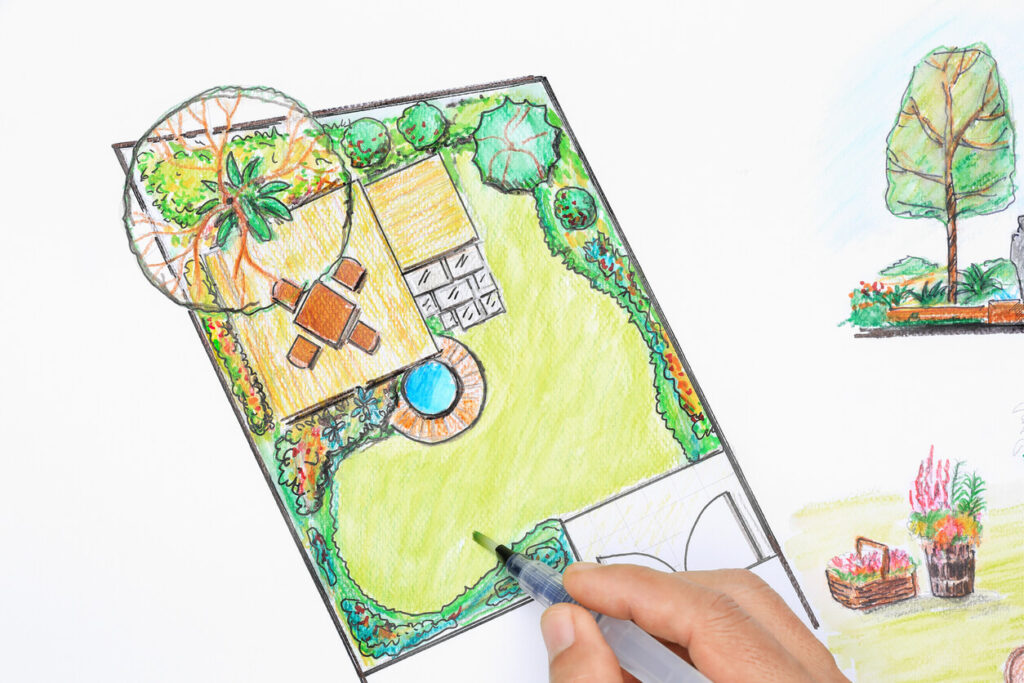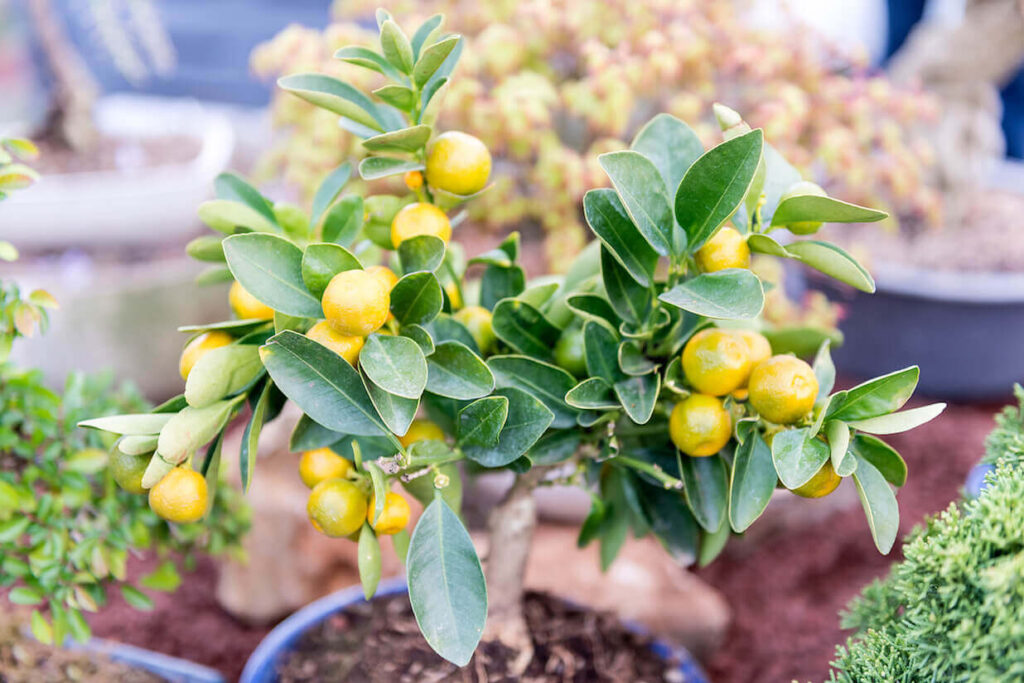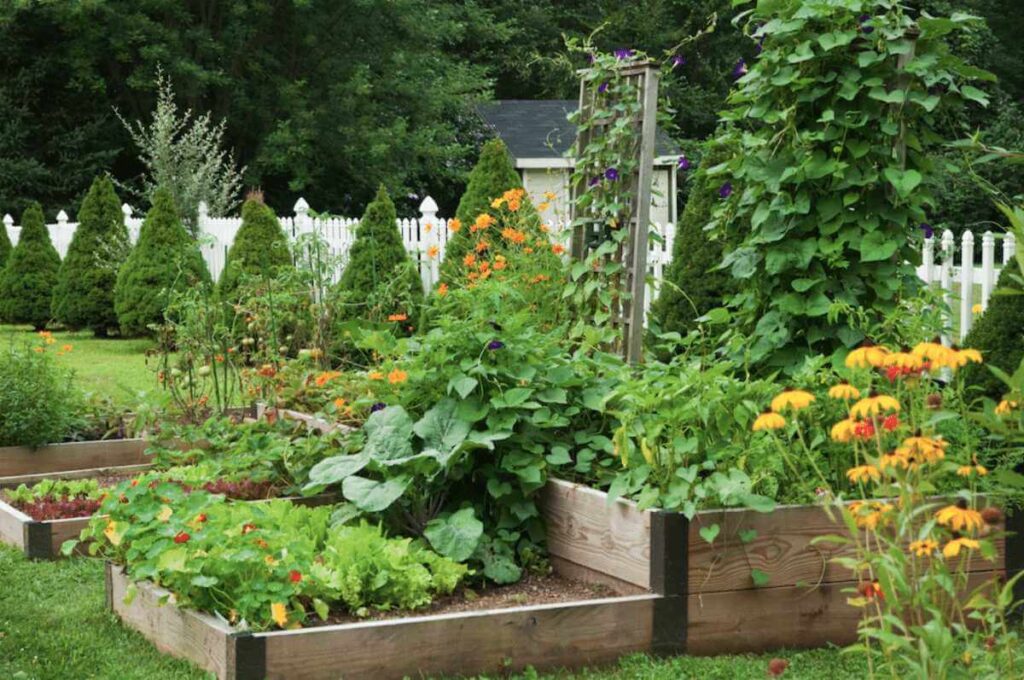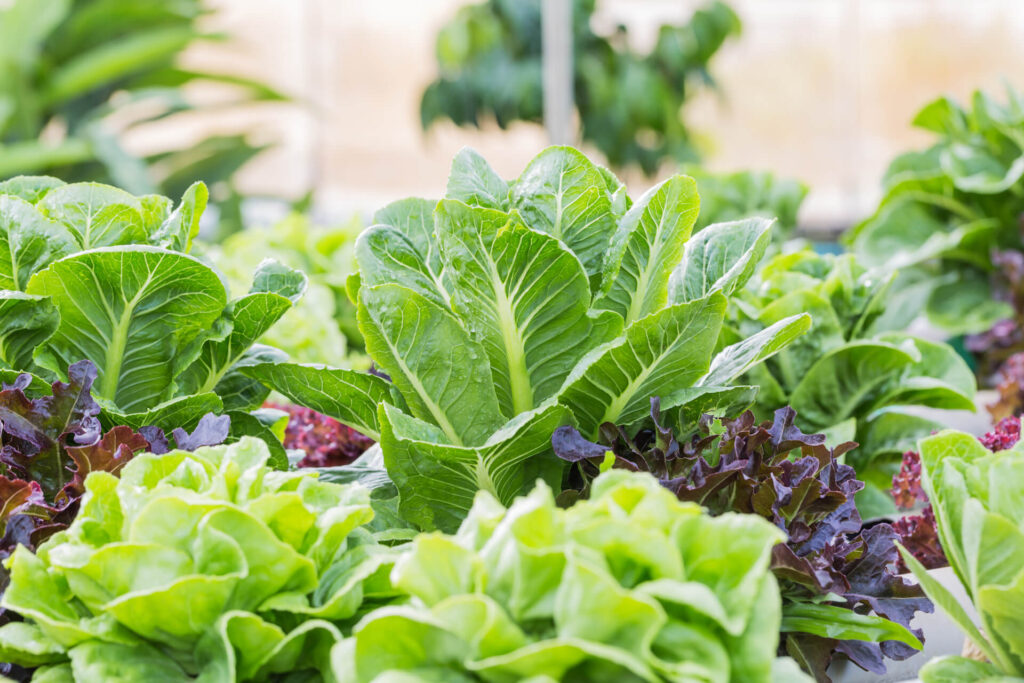Summer gardening is just around the corner, and NearSource Organics has some tips to share for gardening during the midsummer heat. The intense sun and high temperatures can make it a challenging time for gardeners, with cool season crops bolting and weeds thriving. However, with these summer gardening tips, you can beat the heat.
Beat the Heat with These Summer Gardening Tips
As gardeners, we may also struggle to cope with the intense summer sun. We may feel low on energy or run out of ideas on what to do. Here are some tips to keep you going:
- Work in the morning or evening. It’s best to tend to your garden during cooler periods when the heat is more bearable. Weeding is less intense now, and harvesting can be done without subjecting yourself to the midday heat. Vegetables harvested in the early morning taste better as well.
- Water in the early hours. Watering your garden in the morning instead of during the day or evening ensures that the moisture is available when your plants need it. Morning watering also conserves water by allowing it to seep into the soil before it evaporates. If you have an irrigation system, set it on a timer to water your plants half an hour before sunrise, which is the perfect time to let the timer take care of watering chores for you.
- Use shade cloth. Some of our favorite crops may receive too much sun during summer, causing them to wilt. Try using shade cloth to give them a break and add some extra time to your cooler season crops like lettuce and spinach. Shade cloth is available in many thicknesses and can allow some light through while still providing protection. To prevent heat buildup, keep the sides open.
What to Plant in Summer
Many traditional crops may fade by July, and it may be too hot to start the fall garden. Nevertheless, there are still some vegetables you can plant in Zone 8 during summer. Here are a few ideas, which you can adjust by a few weeks to fit your location.
Direct Seed Heat-Loving, Long-Season Crops
Summer squashes, melons, sweet corn, pumpkins, and beans thrive in the heat. Directly seed these crops in late July for a 100-day fall growing window. You can also still plant tomatoes, okra, and other crops that love the warmth.
Start fall crops of many staples like brassicas and greens indoors You can sow these seeds indoors to transplant out under shade cloth in late summer, extending your fall gardening window.
During summer, a cover crop can benefit your soil microbial life, minimize erosion, smother weeds, and provide soil organic matter.
- Buckwheat is one of the easiest cover crops for home gardeners. It grows quickly, has readily available seed, and is easy to terminate.
- Cowpeas are another excellent cover crop that is drought-resistant once established and can fix nitrogen in the soil.
- Sweet potatoes are also a great ground cover, providing protection for the soil and a tasty fall harvest.
Summer Gardening FAQs
Which plants can I grow in July?
July offers a great opportunity to plant some seeds indoors for later transplantation. While staying inside in the cool air conditioning, start your fall crop of brassicas such as broccoli, cabbage, cauliflower, collards, and kale. Moreover, you can also directly plant some warm-weather crops in late July and take advantage of the rest of the growing season. You can sow melons, sweet corn, squashes, pumpkins, cowpeas, beans, cukes, and more for a fall harvest.
What’s the ideal time to plant my fall garden crops?
Start by checking the days to maturity listed on the seed packet. Count back from your average first autumn frost date, and add a few weeks to allow for harvesting. For frost-tolerant crops, begin counting back from the date when nights become colder than 25℉.
How frequently should I water my garden in summer’s heat?
Hot and sunny days can dry out the soil quickly and lead to plants needing more water. To determine whether you should water, stick your finger in the soil beneath the plants. If it feels dry about halfway down your finger, it’s time to water. It’s better to water deeply once or twice a week than to give them shallow drinks daily.
